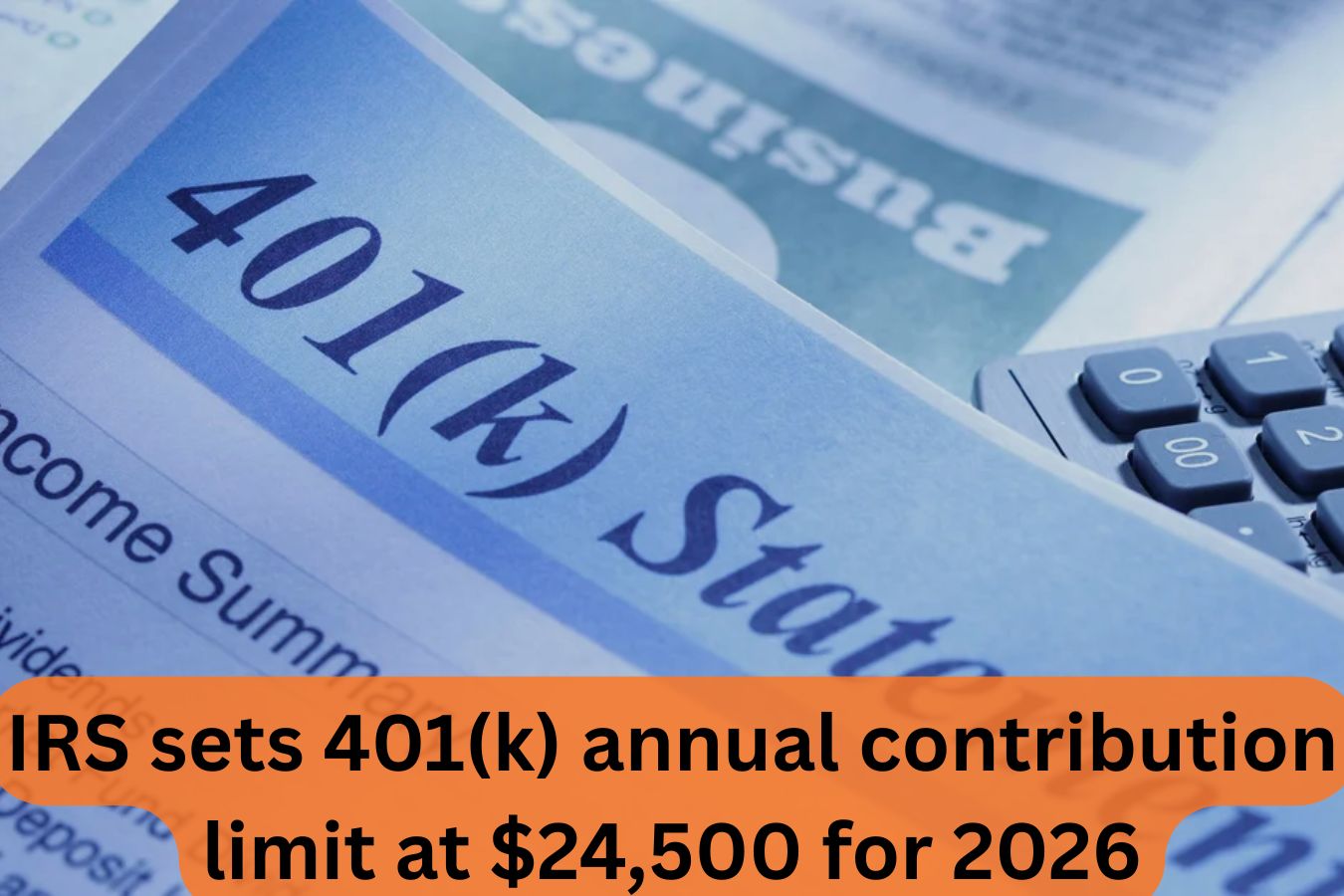When making plans for your retirement, knowing the typical Social Security benefit you can anticipate at various ages of claiming is essential. The age at which you begin receiving benefits directly affects your amount you pay each month, which in turn affects your financial security when you retire. You are eligible to claim benefits at any time before age 62 however, doing so usually results in a lower monthly installment.
The idea of waiting until you reach your fully retired age (typically either 66 or 67 based on the year you were born) will allow you to receive full benefits. Delaying until you reach age 70 could raise your monthly payment. With cost-of-living and inflation adjustments taken into consideration, keeping up-to-date on the latest developments helps you make the best choice to maximize your retirement savings. Here’s what you must be aware of the average retirement benefits at 62, 66 and 70 in 2025 and beyond.
Here Is the Average Social Security Benefit
You may begin receiving Social Security benefits as early at 62 years old, however it’s important to be aware that this is considered to be early retirement according to authorities like the Social Security Administration. If you decide to collect benefits before age the age of 62, your monthly payment are reduced since you’re not reaching the age of full retirement (FRA). The reduction could be as high as 30 percent. For 2025, the typical monthly income for a person who is at the age of 62 is around $1,342. This benefit early on can be beneficial when you need to earn income earlier but will also result in monthly payments that are lower throughout your life.
Average Social Security Benefits by Age (2025) Overview
| Age You Claim Social Security | Average Monthly Benefit (2025) |
| 62 | Around $1,342 |
| 66 (Full Retirement Age, FRA) | Around $2,008 |
| 70 | Around $2,550 – $2,600 |
| Official Website | https://www.ssa.gov/ |

Taking Benefits at Full Retirement Age (66 or 67)
Your retirement age is based on the year of your birth, however, it is generally between 66 and the age of 67. The claim at your FRA means that you will receive the full amount of your benefit without any reductions. According to the Social Security Administration reports the average monthly amount for retirees who are full retirement age by 2025 will be around $2,008. This is the amount from which increases or reductions are calculated when you apply sooner or later. This figure also includes the 2.5 adjustment to the cost of living in the past year, with the possibility of a slight increase in 2026.
Waiting Until Age 70 for Maximum Benefits
The delay of benefits beyond the age of full retirement until age 70 will increase the amount you pay each month. You can expect to earn around an increase of 8% per year that you wait after FRA until age 70. That means that if your complete retirement benefits are $2,008, waiting until age 70 could increase that amount up to around $2,550 to $2,600 each month, depending on your previous earnings. The longer you wait, the more Social Security income, but it will require other sources of income as well as savings for the time prior to the time you begin receiving your Social Security benefits.
Why the Age You Claim Matters
Your lifetime earnings determine the basis of your Social Security benefit, but the age at which you begin taking benefits changes this amount dramatically. This can affect your financial security during retirement. You can claim early and get less each month, make a claim at FRA and receive your entire benefit, or defer to increase your monthly payments. Each option has pros and cons according to your health, financial requirements as well as retirement goals. Making an informed choice will ensure you the steady income you need that fits with your life style.
2025 and 2026 Key Updates to Know
- The Social Security Administration announced a 2.8 cost-of-living adjustment (COLA) in 2026. This will increase average benefits by $56 per month beginning in January 2026. This follows an increase of 2.5 percent COLA increase in 2025.
- The maximum amount of tax deductible earnings of Social Security contributions rises from $176,100 in 2025 up to $184,000. in 2026. This could be a little affecting future benefits calculations for those with high earnings.
- The recent legislation has ended benefits diminutions (WEP/GPO) for some retirees who have pensions that are not covered and increased benefits for those in qualified groups like federal and teacher employees.
The decision of when to take advantage of benefits from your Social Security benefits is one of the most crucial financial decisions you’ll make prior to retirement. Early claiming at 62 allows you to access benefits sooner, but with lower monthly amounts. Remaining in retirement until you reach fully retired age will ensure that you are entitled to the full benefit, whereas delaying your claim until age 70 could make your monthly payments more expensive. In light of recent cost-of living modifications and changes to the policy, remaining up-to-date every year allows you to increase the amount you earn in retirement. Consider your individual circumstances into consideration and make use of available tools or advice from a professional to devise your ideal Social Security claiming strategy to protect your financial future.
FAQ’s
1. How do I apply for Social Security before age 62?
You can’t be eligible for Social Security retirement benefits before the age of 62. However disabilities benefits or survivor benefits could be available based on your circumstances.
2. How much more do I receive if I defer applying for benefits until I reach the age of 70?
There’s an approximate increase of 8% in your monthly benefits for every year that you stay beyond full retirement age to the age of 70. This can result in significantly higher monthly payment.
3. Can Social Security keep up with the rate of inflation?
Yes benefits are adjusted every year by a cost-of-living adjustment (COLA) to ensure benefit levels keep pace with the rate of the rate of inflation. For 2026 the COLA in 2026 will be 2.8 percent, which is up from 2.5 percentage in 2025.

Hi, I’m Harikesh, a content writer at cgncollege.com. I write engaging and informative articles covering the latest news, India, and global updates. My goal is to keep readers informed with accurate and insightful stories from around the world.






